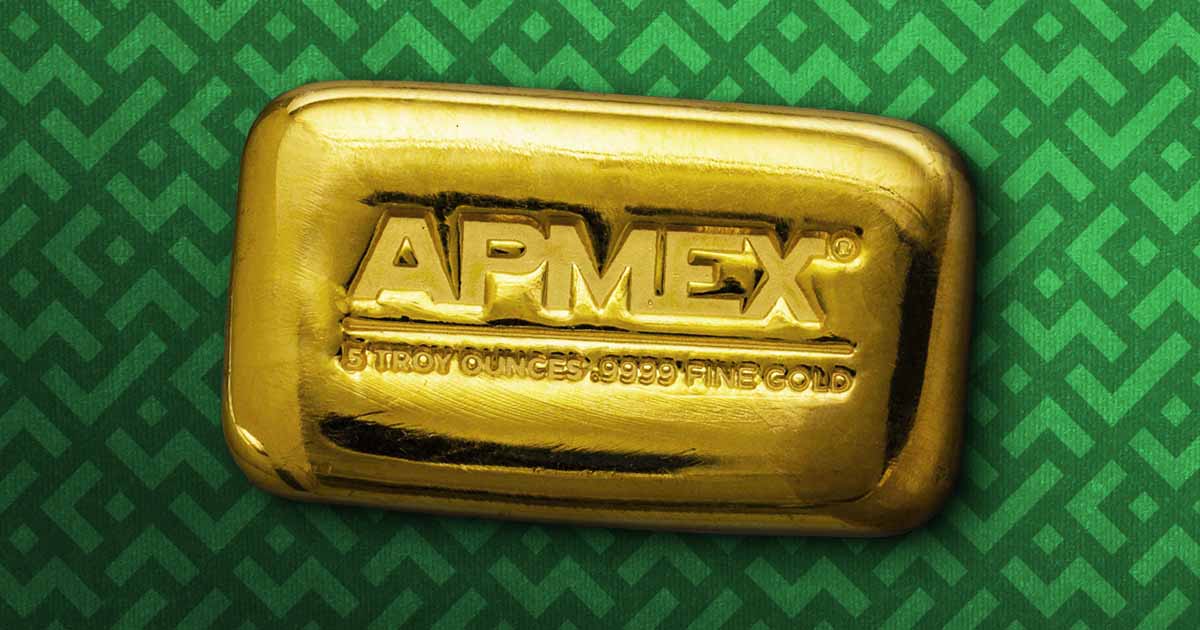
There are a reported 147,300,000 ounces of gold in Fort Knox. The market value of this gold is $290.9 billion as of the time of this writing.
Whether you live in the United States or not, Fort Knox is a legendary fort associated with storing gold bars. The United States Army installation south of Louisville, Kentucky is adjacent to the United States Bullion Depository, where the gold is kept.
The depository is not a production facility but rather stores about half of the United States’ gold reserves.
The History of Fort Knox
In April of 1918, 20,000 acres near Stithton, Kentucky, were leased to the U.S. government, and construction later began on a permanent training center in July of that year.
The camp was to be named in honor of Henry Knox, though reductions to building programs after WWI and funding cuts to the U.S. Army in 1921 left the camp as a semi-permanent training facility.
The facility became known as Camp Henry Knox National Forest until the early 1930s.
In 1931, a small of mechanized cavalry was assigned to the camp as a training site. In the following year, the camp became a permanent garrison known as Fort Knox and the cavalry unit named 1st Cavalry Regiment (Mechanized).
By 1936, the 13th Cavalry Regiment was joined to the 1st and became the 7th Cavalry Brigade (Mechanized), and Fort Knox became the center for mechanization doctrine and tactics. The same year, the First Deficiency Appropriations Act was enacted, which established the Bullion Depository in Fort Knox to store the nation’s bullion reserves.
In January of 1937, the first gold bars were moved by the U.S. Postal Service via railroad to the Fort Knox Bullion Depository.
Are There Other Bullion Depositories Like Fort Knox?
There are two other deep storage gold reserves in the United States. The U.S. Mint branches at West Point and Denver both house millions of ounces of gold products, but their combined value is only half of what Fort Knox safeguards.
The Denver branch of the U.S. Mint holds over 43 million ounces of gold with a market value of $88.1 billion, and the West Point branch of the U.S. Mint houses 54 million ounces of gold valued at $110.7 billion. The market value of gold fluctuates with the live spot price of gold.
Does Fort Knox Hold Other Valuables?
After the Japanese attack on Pearl Harbor, the Gettysburg Address, Declaration of Independence, and U.S. Constitution were moved to Fort Knox for safekeeping in the Bullion Depository.
The depository has also stored one of four copies of the Magna Carta, the cape of the King of Hungary, and other valuables.
Can I Visit the Bullion Depository?
There have only been a handful of outside visitors fortunate enough to gaze upon the warm glow of gold in the Fort Knox Bullion Depository. President Roosevelt was the first non-authorized person to visit the vault.
Since then, there have only been a few visitors, including a few members of the government, several journalists in the 1970s, and a handful of Congressmen and Congresswomen in 2017.
History of Henry Knox
The Fort was named in honor of Henry Knox, Chief of Artillery during the American Revolutionary War and the first United Sates Secretary of War.
Henry Knox was born in Boston in 1750, where he owned a bookstore. At the age of 20, Knox witnessed the Boston Massacre and testified at the trials of the soldiers, of whom all but two were acquitted.
Knox was only 25 years old when the Revolutionary War began, and he was instrumental in transporting captured artillery from Fort Ticonderoga, which helped drive the British forces from Boston.
Following this, Knox was promoted to chief artillery officer of the Continental Army. He traveled with Washington during his campaigns and was a large contributor to many decisive elements of the Revolutionary War.
Knox worked to build training centers for artillerymen and manufacturing facilities to produce weaponry, both of which were vital in winning the war for independence.
The Congress of the Confederation named Knox as Secretary of War in 1785. After the Constitution was adopted, Knox served as President George Washington’s Secretary of War, a position in which he primarily handled Native American affairs.




